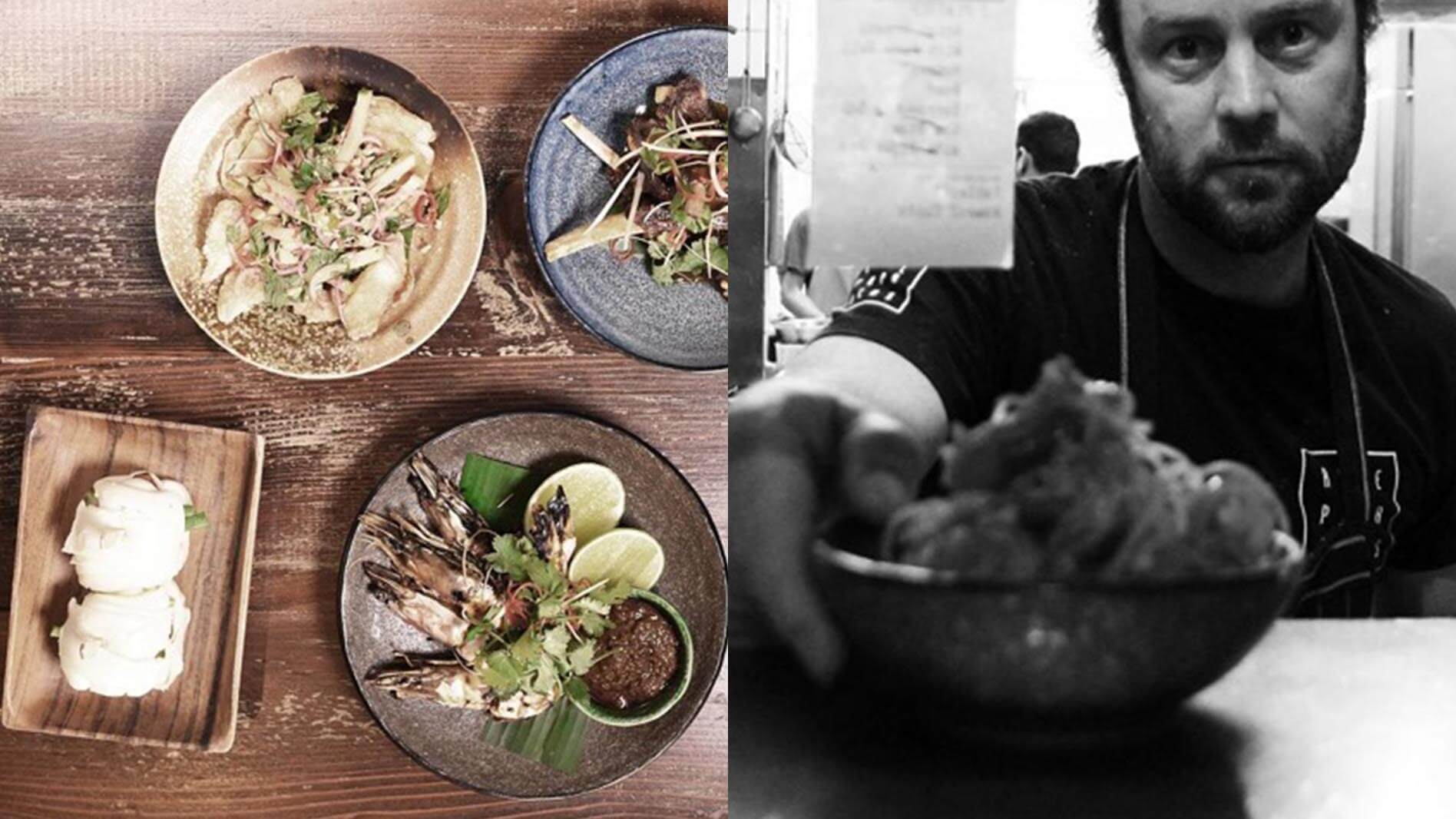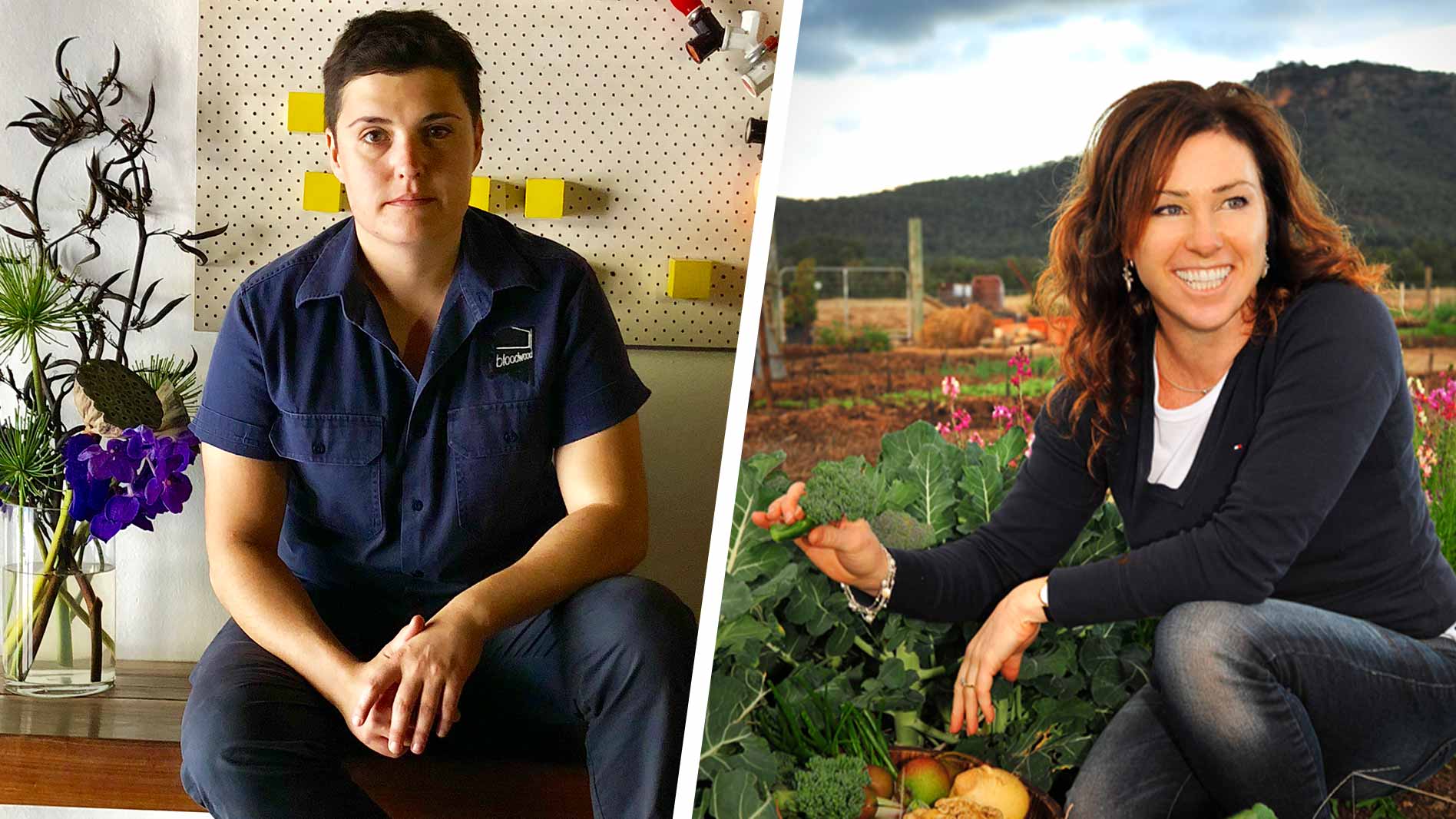Be inspired with recipes created by chefs.
Sign up for updates about products, special offers, news and promotional materials from Goodman Fielder.

Summary
Reap the benefits that come with nose to tail eating – reduction in waste, reinvigorating menus and saving that bottom line just to name a few.
There is a long list of benefits that come with nose to tail eating – reduction in waste, keeping menus interesting and saving that bottom line just to name a few. We sat down with Seasoned Chef Graham Krueger, Group Executive Chef at Wests Leagues Club to get his top tips on trialling a nose-to-tail menu.

1. Know your clients: You’re the expert on what moves on your menu. Think about sticking to cheaper cuts that look familiar if your clientele is younger or more conservative.

2. Befriend your butcher: They’ve got the insider knowledge on the cheapest cuts and what to do with them. Use them as a starting point, then do your own research.

3. Remember there’s more to a beast than just offal: Entice queasy diners with beef brisket, skirt and shin; lamb shoulder, chump and breast; and pork cheek or neck. All require careful slow cooking but pay off with tender, flavoursome final products.

4. Keep an open mind for unusual cuts: The trick to moving heart, tongue and trotters is to disguise them in familiar packages. Think pig (trotters) in a blanket and fresh ravioli stuffed with lamb (tongue).

5. Experiment: If you’ve hacked at a cut of meat and it’s no longer suitable for service as is, think about another use that doesn’t require it to look pristine – grind it to turn it into sausages, braise it so the meat’s falling apart in a stew or throw the bones in a pot to make a rich stock.

Related Ideas
25th March 2023
A Chef’s Guide to Gluten Free Baking
Want to know how to turn your bakery goods into a gluten free delight? Check out our gluten free baking guide now.
25th March 2023
The Importance of Mentorships in Hospitality
The hospitality industry is changing at a pace we have never seen before. To make these challenging times slightly easier, a greater emphasis needs to be placed on mentoring and training the younger generation of chefs to ensure the future of hospitality is stronger than ever before.
21st March 2023
How Chefs can Deal with Dietary Requirements in their Kitchen
One of the key issues that many chefs face in dealing with dietary requirements in the kitchen is that it changes the nature of their dish. We spoke to some experts on how they deal with dietary requirements in their kitchens.




